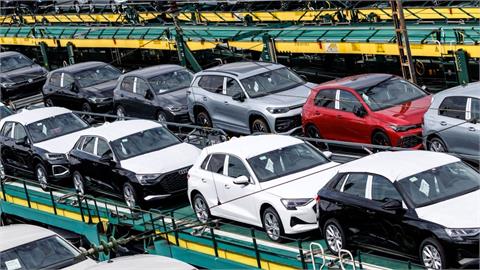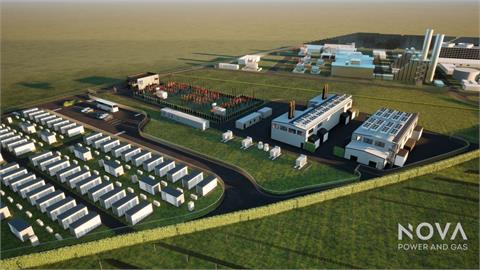Signs of a gradual rebalancing in the global oil market can be seen, although these are still fragile, according to the head of the International Energy Agency (IEA) on Thursday.
In an IEA webcast news conference, Executive Director Fatih Birol identified three catalysts to this market rebalancing period, the first being lower oil demand, the second the production profile of OPEC+ producers, and lastly and the most significant is the oil output cuts made by oil-producing countries outside of OPEC+.
Lower global oil demand was confirmed in the IEA’s monthly report for April when a 9.3 million barrel per day demand cut was forecast. In May, the report showed a decline of 8.6 million barrels per day throughout this year.
"We are expecting that demand will be slightly better or at least not as worse as the last oil market report in April," he said, explaining that as more and more people go out with the easing of quarantine measures, road transportation is also rising in tandem and, in turn, is giving the impetus for the IEA to reverse its numbers.
However, he noted that balanced strategic petroleum stocks in the global oil market are crucial for market stabilization and energy security overall.
"We have seen from our numbers over the last 45 days an increase of 16 million barrels in strategic stocks, mainly from the US, China, and India, which equates to 1.2 million barrels per day on the demand side," he said.
The 23-member group, known as OPEC+, led by Saudi Arabia and Russia, agreed to cut production by an initial 9.7 million barrels per day from May 1 to reduce global oversupply for the remainder of 2020 and into 2021
Birol hailed the efforts of Saudi Arabia, the UAE and Kuwait in cutting more than their required contributions.
He also welcomed the efforts of the energy ministers of the world's 20 biggest economies, G20, who also held a meeting on Friday to prevent an oil market crash.
"I welcome these efforts from the OPEC+ countries, and especially those additionally coming from Saudi Arabia, UAE and Kuwait. We hope to see those commitments are fulfilled, and we will be following their compliance carefully in the weeks and months," he stressed.
Birol described the third catalyst to a gradual market rebalance as the oil output cuts of non-OPEC producers.
He said that non-OPEC oil producers, the US and Canada spearheaded reductions amid the lower oil price environment.
Based on current IEA statistics, the US is likely to be the biggest contributor to global supply reductions by the end of 2020
"Our expectation is US production could be 2.8 million barrels per day lower at the end of this year compared to the end of 2019," he explained.
He expects similar reductions from Canada, as well as Brazil and Norway.
(Anadolu Agency, May 14, 2020)



